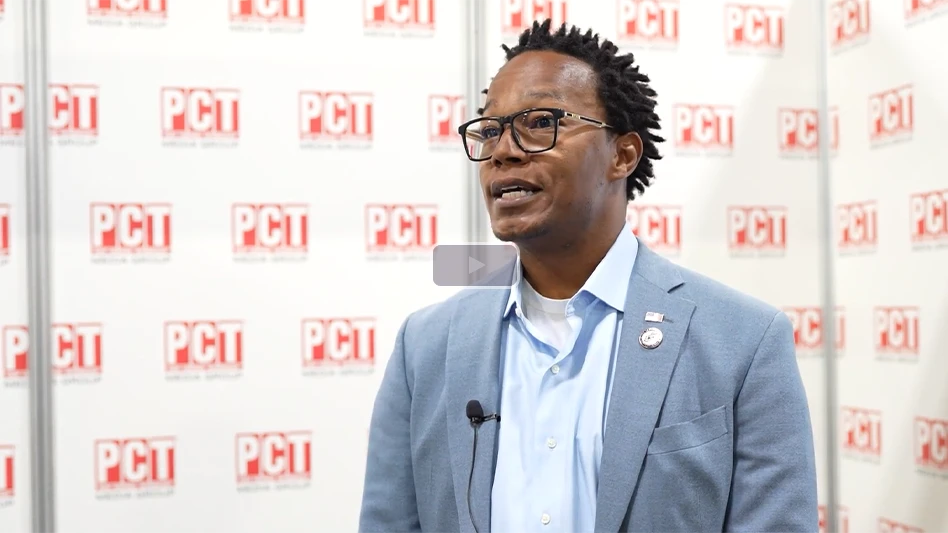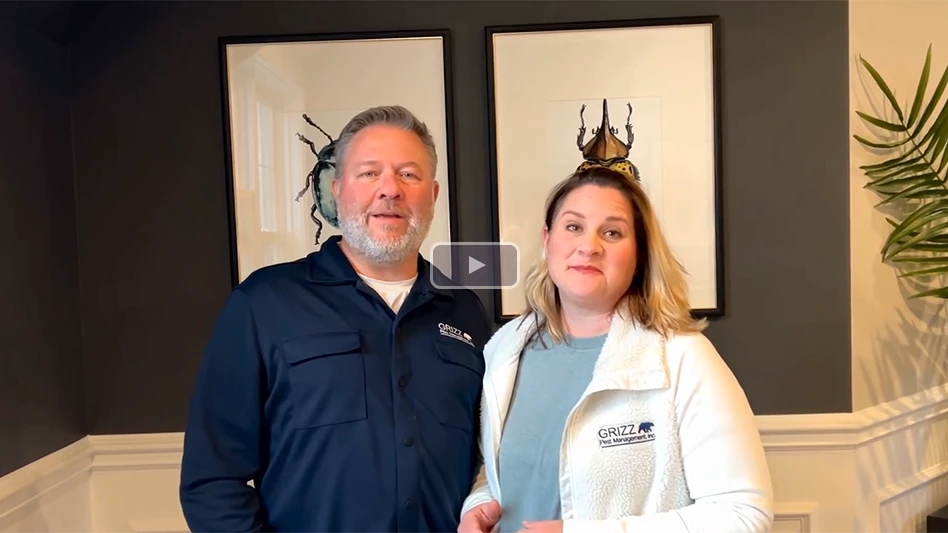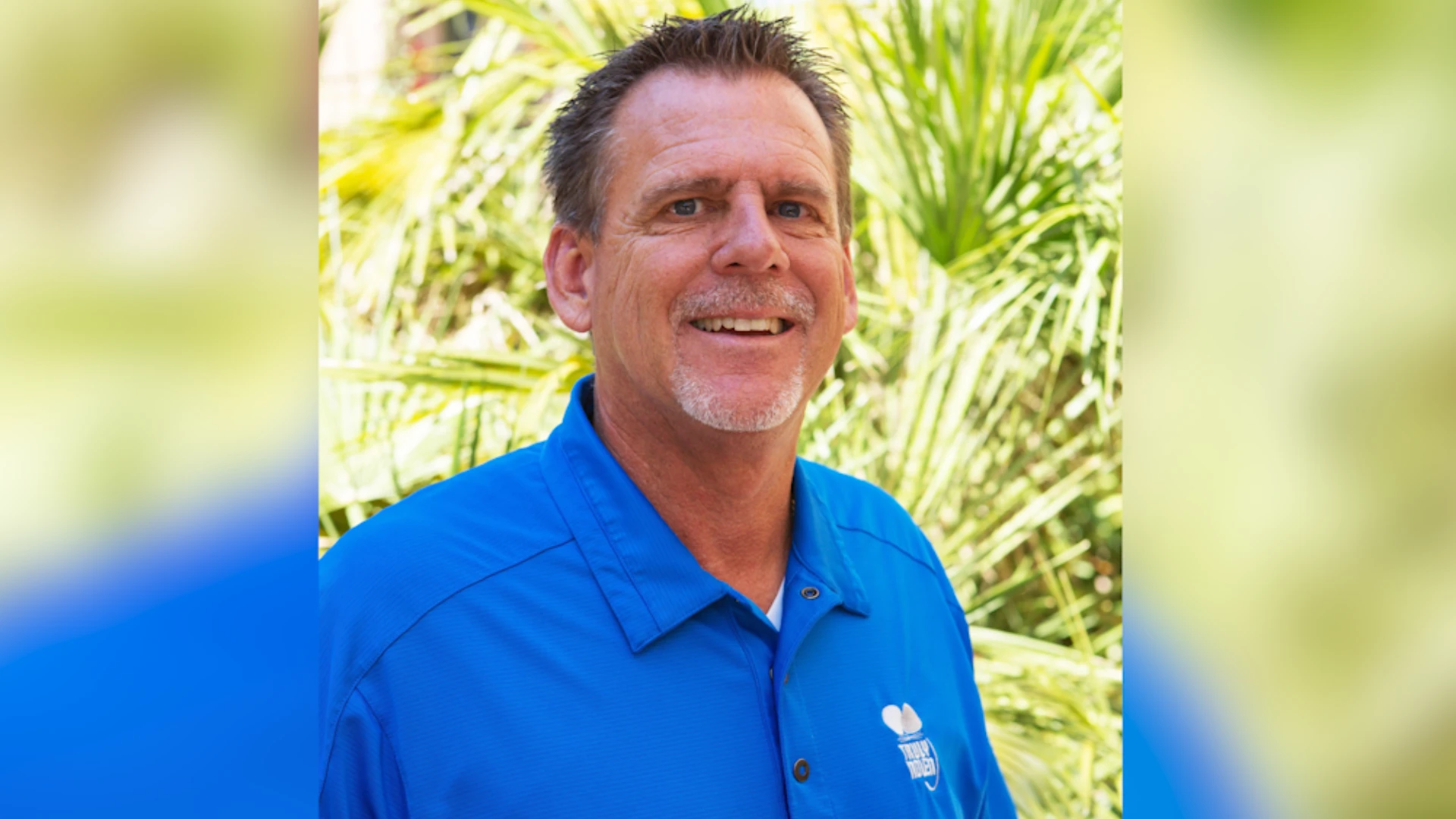Two of the most widely watched lawsuits in the history of the pest management industry are slowly working their way through a U.S. District Court in North Carolina with the fate of BASF’s "flagship" product – Termidor® – hanging in the balance.
At the center of the proceedings are several fipronil-related patents, the broad-spectrum phenylpyrazole insecticide that is found in Termidor. One of those patents, covering the actual chemical, is set to expire Aug. 3. Two additional manufacturing process patents will expire in 2023 and 2025, respectively, while the method-of-use patents will expire in 2017. Joining BASF as a plaintiff in the lawsuits is Bayer CropScience, which exclusively licenses two of the patents to BASF.
Since the original court filings in early April, more than 25 different motions, court orders, and other legal actions have taken place as the parties – BASF Agro, Cheminova A/S and Makhteshim Agan of North America, along with its U.S. subsidiary, Control Solutions Inc. – jockey for position in the high-stakes litigation that will have wide-ranging implications for the pest management industry, whatever the ultimate outcome.
On April 16, BASF filed preliminary injunctions in both lawsuits seeking to prevent the sale and application of fipronil-based products the company claims infringe on BASF’s patented technologies. The preliminary injunction for the case against Makhteshim is set to go forward on Dec. 15. At press time, no preliminary injunction hearing had been set for the case against Cheminova (visit www.pctonline.com for regular updates on the litigation).
Given the court-approved case management schedules, critical hearings and briefings for both proceedings are not likely to occur until early in 2011. If the cases are not settled or disposed of by the judge through legal briefings, the trial will commence on March 1, 2011, between BASF and Cheminova. Makhteshim’s trial is scheduled to begin one month later in April.
"Makhteshim and its affiliates have filed legal documents agreeing not to sell or offer to sell a generic fipronil-based termiticide prior to Feb. 1, 2011," according to Jan Buberl, head of BASF’s Specialty Products Division. "This is a positive step in BASF’s effort to protect the Termidor franchise and defend against Cheminova and Makhteshim infringing our patents surrounding fipronil."
According to court documents, however, that agreement would be terminated "upon the issuance of an order on the plaintiffs’ renewed motion for preliminary injunction...before Feb. 1, 2011." The court ultimately decided to set a hearing date for the preliminary injunction "on or about Dec. 15, 2010."
Cheminova stated it has ceased exploring entry into the fipronil market to ensure minimal risk to its partners and customers. Martin Petersen, president and CEO of Cheminova, said he receives "regular and routine updates" on the status of the lawsuit and has maintained "significant contact" with the company’s lawyers throughout the proceedings.
"We remain confident not only in the strength of our defense against BASF and Bayer’s claims, but also affirm our intention to contest their claims vigorously," he said. "Cheminova’s publicly filed defenses make clear that Cheminova has not, and will not, place its partners and customers at risk of being brought into a lawsuit in which Cheminova is nonetheless confident it will prevail. Having said that, our partners and customers deserve to know that Cheminova’s products are not subject to competing claims of infringement from other companies, and hence Cheminova is seeking such determination at the earliest possible juncture in this lawsuit."
While continuing to prepare for trial, Petersen said Cheminova "has agreed with BASF to forego efforts to make, use, sell or offer to sell in the U.S. until the foundational issues of the lawsuit are resolved as quickly as possible. Resolution of these issues, this year or next, will guide Cheminova’s future activities immediately thereafter," he said.
"Because of the sensitive nature of litigation in the U.S.," Petersen added, "our lawyers continue to advise us to say nothing further with respect to matters in litigation. Cheminova Inc. is confident that the claims are baseless, and we reiterate that we have no intention to violate the valid legal rights of other companies."
Regardless of the ultimate outcome of the current litigation, Buberl says "it’s important to know that only one patent is expiring, that of the molecule itself. Patents for manufacturing, formulations, and use of the Termidor AI (active ingredient) are in effect for years to come," he said, a point echoed by Keith Holmes, business unit manager, BASF Pest Control Solutions, St. Louis, Mo.
"Innovation drives our business," Holmes said, which is why BASF spends a significant amount of time and money filing and maintaining patents for all of its proprietary technology. "We have hundreds of fipronil patents around the world," he said, and BASF is "diligent" about paying annual maintenance fees to protect its intellectual property (IP). "We innovate and the patents protect our innovations … which allow us to reinvest in the industry," he said. "We have paid a lot of money to maintain those patents over the years."
"The foundation of the strategy for Termidor has been laid over many years with the filings around our intellectual property going back to the mid- to late-1990s," Buberl added. "IP is the backbone of our innovation strategy, and we will defend our rights accordingly."
As a "research-based company," Holmes said BASF "lives and dies" by its intellectual property investments. Even after BASF launches a product, the company continues to invest in R&D designed to improve its manufacturing and formulation processes, he said. "The (fipronil) plant was built in 1996 and we’ve continued to tweak the process, and tried to find new and better ways to make the molecule, which has clearly manifested itself in a very nice competitive position that we have with the molecule today."
While Holmes said he cannot comment on ongoing litigation, BASF is continuing to move forward with its plans for Termidor as if nothing will change in August. "We anticipate the status quo," he said. "We fully expect our business strategy will be successful and … August 2010 will go by and life will go on for us."
The author is publisher of PCT magazine.
*****
Updated Use Directions for Termidor Announced
Termidor termiticide/insecticide has a new label with updated use directions for general pest control, according to BASF Pest Control Solutions. "The new label directions provide pest management professionals with more specific guidance on using Termidor SC termiticide/insecticide and Termidor WG termiticide/insecticide for general pest control," said Dr. Bob Davis, market development specialist for BASF.
The new Termidor label separates "outside surfaces" from "foundation perimeter," with a listing of structures that includes residential, institutional, commercial and industrial buildings and utility enclosures. "The improvement to the label directions adds clarity to treatment of structures beyond the one-foot up and one-foot out from the foundation treatments," Davis said.
PMPs can apply 0.06% Termidor SC or WG finished dilution where listed pests enter the structure, where they trail or crawl and hide, or where their nests are found, according to the label. Treat using a low-pressure coarse banded pressure spray up to 18 inches in width around doors, windows, vents, pipes, or any other exterior openings and/or with a Crack and Crevice injection tip into foundation cracks or drilled holes where listed pests could enter the structure. BASF says PMPs should be especially careful to treat the joint where exterior siding (wood, vinyl, aluminum or any similar material) meets the cement, block or brick foundation. Treat areas where any wires (electrical, telephone or cable) enter the house. The new Termidor label also allows for foam applications into wall voids for general pest control.

Explore the June 2010 Issue
Check out more from this issue and find your next story to read.
Latest from Pest Control Technology
- Webinar: ActiveGuard Will Positively Impact Your Bottom Line
- MGK Announces EPA Registration of Botanical Active Ingredient Veratrine
- Termite Control Sales Strategies
- NPMA Announces ELP Class of 2025
- Termite Control Tools and Equipment for PMPs
- Choe Reviews Drywood Termite Geographical Hotspots, Latest Research Findings
- Mosquito Squad Announces Rebranding to Mosquito Squad Plus
- Pest Control Equipment: If it’s Critical, Back it Up!





